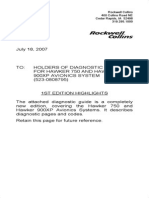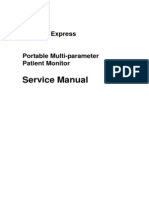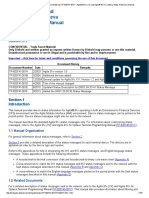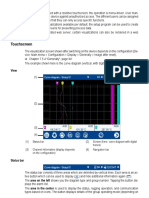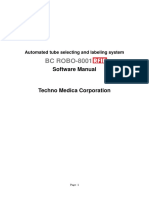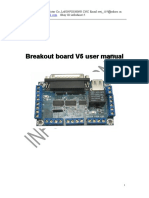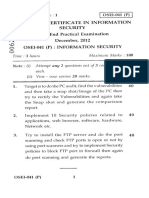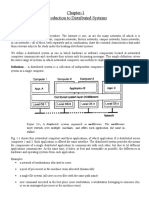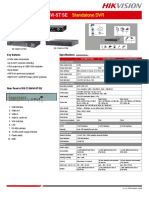0% found this document useful (0 votes)
27 views6 pagesStatPatch User Interface Application Requirements
The StatPatch User Interface Application document outlines the software requirements for a device that monitors patient vital signs, detailing its two primary modules: firmware and user interface. It describes user personas, operational modes, and specific use cases for triage and maintenance, including how the device interacts with sensors, displays vital data, and communicates with a Base Station. Additionally, it covers user interactions through a menu system and the device's ability to transmit and receive data over LORA radio.
Uploaded by
jgomezCopyright
© © All Rights Reserved
We take content rights seriously. If you suspect this is your content, claim it here.
Available Formats
Download as PDF, TXT or read online on Scribd
0% found this document useful (0 votes)
27 views6 pagesStatPatch User Interface Application Requirements
The StatPatch User Interface Application document outlines the software requirements for a device that monitors patient vital signs, detailing its two primary modules: firmware and user interface. It describes user personas, operational modes, and specific use cases for triage and maintenance, including how the device interacts with sensors, displays vital data, and communicates with a Base Station. Additionally, it covers user interactions through a menu system and the device's ability to transmit and receive data over LORA radio.
Uploaded by
jgomezCopyright
© © All Rights Reserved
We take content rights seriously. If you suspect this is your content, claim it here.
Available Formats
Download as PDF, TXT or read online on Scribd
/ 6




